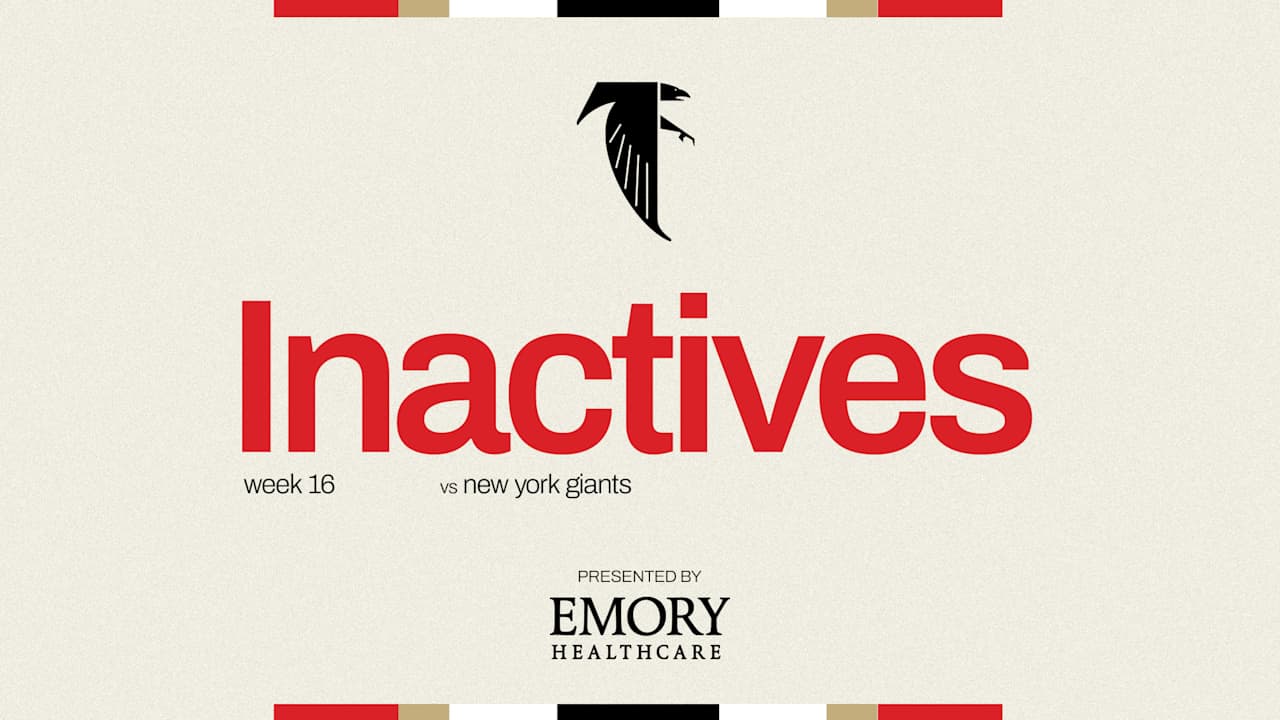Golf
Firestorm erupts over plan to allow golf courses, hotels to be built on multiple Florida parks

A proposed initiative that would allow for limited development on at least nine Florida State Parks has caused an outcry, with residents protesting from coast to coast in the state in an effort to protect the sanctity of the state’s natural areas.
Under the “Great Outdoors Initiative,” parks in Panama City Beach, Santa Rosa Beach, Dania Beach, Thonotosassa, Hobe Sound, Dunedin, North Miami Beach and St. Augustine would be opened to limited development, which could include pickleball courts, golf courses, and lodging facilities.
“The initiative will work to expand public access, increase outdoor activities, and provide new lodging options across Florida’s state parks-reinforcing the state’s dedication to conservation, the outdoor recreation economy, and a high quality of life for Floridians,” FDEP staff stated in a news release during the plan’s rollout.
But outcry spread across all walks of life, with thousands picketing outside parks and joining petitions to derail the state’s plan, which proponents said would increase access, recreation and lodging across the Sunshine State.
“Over my dead body will there be a golf course at Jonathan Dickinson State Park,” United States Representative Brian Mast said in a statement after the news about the initiative went viral, encouraging his constituents to sign petitions and join one of the many groups that have developed in opposition.
After the backlash, the Florida Department of Environmental Protection said that there was a lot of confusion and cautioned residents to withhold judgment until attending a public hearing.
However, the planned meetings were ultimately postponed by the agency, leaving residents wondering what the FDEP might do next.
“It’s simple. I will not support any part of this proposal for Anastasia State Park, which is located within the city limits of St. Augustine,” Nancy Sikes-Kline, mayor of St. Augustine, posted to social media upon hearing news of the plan.
The FDEP did not publicly state how it chose the nine out of the 175 parks it oversees for potential recreational and lodging development.
The agency estimated that state parks contribute around $3.6 billion to the economy and that their footprint has significantly increased under Governor Ron DeSantis’ administration.

U.S. National Park sites such as Everglades National Park, the Dry Tortugas, and Castillo de San Marcos National Monument would not be impacted under the proposal.
If the agency advances development plans at any of its parks, it could face lengthy legal battles by local jurisdictions and environmental groups.
According to the FDEP, Florida’s state parks attract approximately 30 million visitors annually – more than Universal Orlando Resort but fewer than the much larger Disney World properties.




![[!LIVE-FOOTBALL@!]+ Commanders vs Eagles Live Stream ! Atlanta Falcons vs New York Giants LIVE , player stats, standings, fantasy games TV channels and more HS8079 [!LIVE-FOOTBALL@!]+ Commanders vs Eagles Live Stream ! Atlanta Falcons vs New York Giants LIVE , player stats, standings, fantasy games TV channels and more HS8079](https://www.reddotdigitalit.com/wp-content/uploads/2021/05/Streaming-Platform.jpeg)





